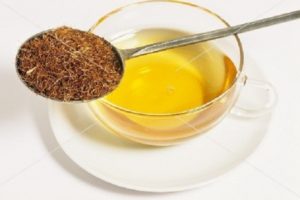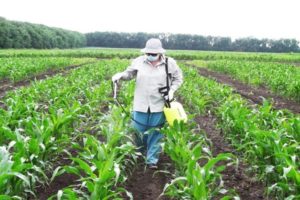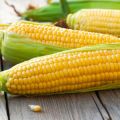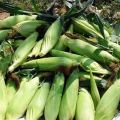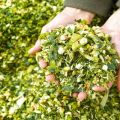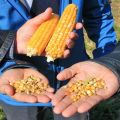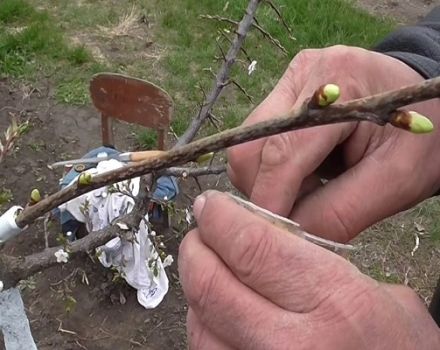What is the average yield from 1 hectare of corn?
The yield of corn is a hot topic for the gardener. Grain is eaten, and silage is prepared from unripe ears and green parts of the plant. They are fed to animals in difficult winter times.
All summer residents like to pick an ear of milk ripeness, boil it and eat it. The taste will delight. The quality is significantly higher than that bought in a store or in the market. The gardener knows what fertilizers were applied when planting the crop, how the plantings were processed.
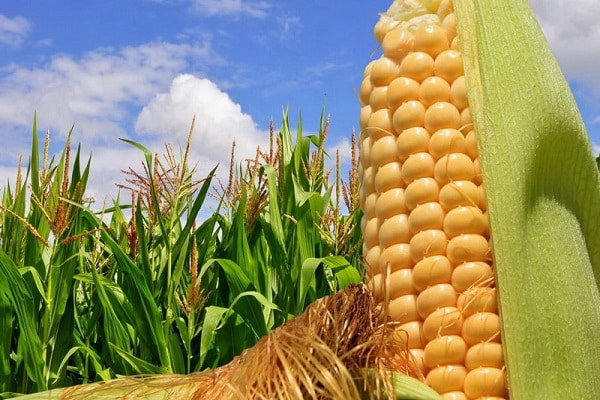
The grain is perfectly stored. A good harvest can be used in winter for cooking cereals. Delicious baked products are made from flour. Popcorn is prepared at home (in a regular frying pan).
Garden enthusiasts combine planting corn and cucumbers. Tall stems serve as a support for braiding cucumbers and protect plants from cold winds. But gardeners also want to get a good harvest of corn.

What is this culture?
In Russia, this culture was traditionally grown in the southern regions: in the Kuban, the Caucasus, in the Rostov and Voronezh provinces. The grown crops were fed to animals and used for food. Bread was baked from corn flour.
In other regions, culture was not planted: there was not enough heat and light. The situation has changed since Khrushchev's visit to the United States. The secretary general assessed the technical characteristics of the plant and declared corn "the queen of the fields". She began to plant areas in all regions of the country.
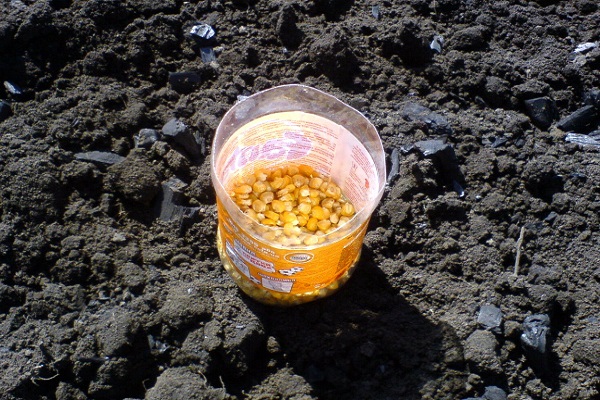
But grain varieties were not given - they were not zoned. Today the situation has changed. Breeders have created ripe varieties and hybrids. Corn is grown practically throughout the country.
Gardeners in small areas get a good harvest corn for grain... To do this, it is enough to choose the right planting material and fulfill the requirements of agricultural technology.

Cultivation rules
A plant left to itself will never yield a decent harvest. Careful care is required. To achieve the desired result, the requirements of the plant must be considered. Main features of corn:
- sensitivity to sunlight (it does not grow in the shade, but withers);
- love of warmth;
- exactingness to moisture;
- responsiveness to the nutritional value of the soil (requires the introduction of organic matter and mineral fertilizers).
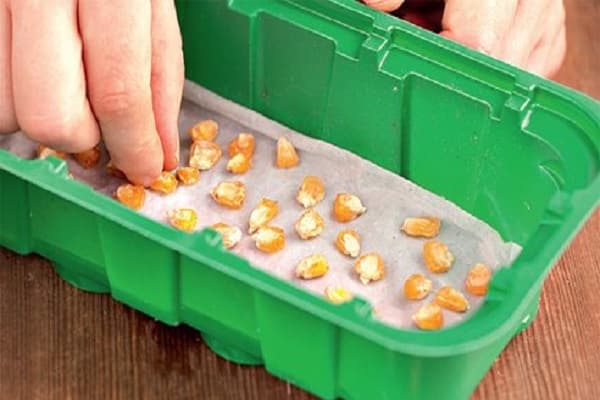
Getting started growing corn, you should carefully remove weeds from the intended planting area. During germination, seeds are inhibited by harmful plants. In the phase of the third leaf, active stretching and thickening of the stem begins: no more aggressors are afraid of corn.
Some gardeners recommend using herbicides to reduce labor intensity. However, you must follow the manufacturer's instructions exactly.
The plant should be given regular watering during the growth and development period. The lack of moisture in the soil reduces the quality of the grain, reduces the yield. It is optimal to arrange drip irrigation with humidity and temperature sensors.
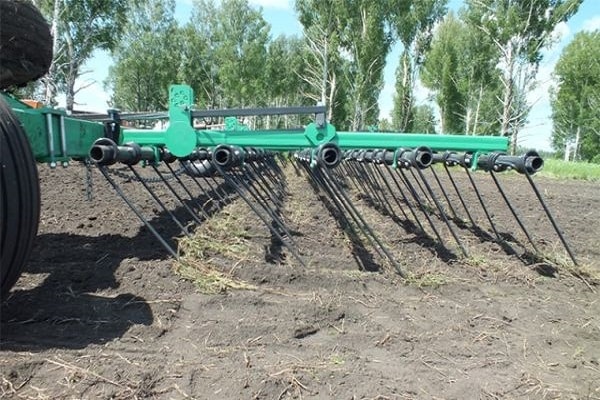
It is recommended to keep the soil loose. It allows air to flow to the roots. The plant loves it.
Remember: loosening is dry watering. In dry times (if it is impossible to water the corn with water), it is recommended to carry out this event every 3-4 days. To increase the yield, it is recommended to carry out foliar dressing. They are 30% more efficient than fertilizing the soil.
When growing a crop for grain, only the net weight of the grain is taken into account. Harvesting begins when the stem is completely dry (from the cobs to the ground).
Subject to the rules of agricultural technology, it is realistic to achieve a corn yield per hectare of 55 centners.

How to plant?
This culture does not tolerate cold weather. It is recommended to plant on ridges at an air temperature of 20-24 degrees Celsius. The soil at a depth of 10 cm should warm up to 12-15 ⁰С.
There are two sowing methods: in trenches and holes. The second method is more time consuming. There are no other fundamental differences.
In large areas, dry grain is poured into moist soil. The gardener can grow corn seedlings. This will protect the planting from pests and diseases.
It is recommended to place it at a distance of 70 cm between rows.In small areas, it can be planted after 40 cm.
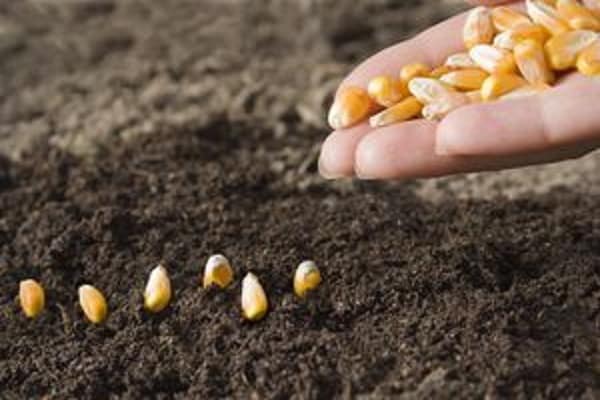
How much corn can be harvested per hectare?
The yield of a plant depends on a set of measures. You should start with the selection of seed material.
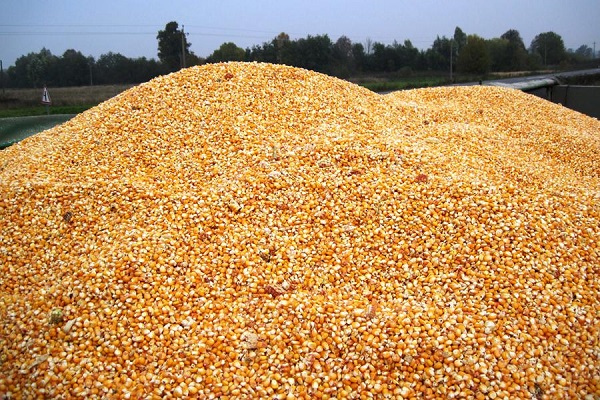
Choosing a variety or hybrid
When planting, for the first time, it is required to determine how the crop will be used. The gardener wants to get high-quality grain in a short summer: you should focus on hybrids. They give a good harvest. But they are more expensive.
The varieties are time-tested. Regular cultivation on the site will allow you to harvest your own high-quality planting material. But the yield is inferior to hybrids.
When grown on silage, there are no restrictions. For a good harvest, it is recommended to mix the early ripening variety with the late ripening one. This will increase the mass: green ears of early maturing varieties will be added.
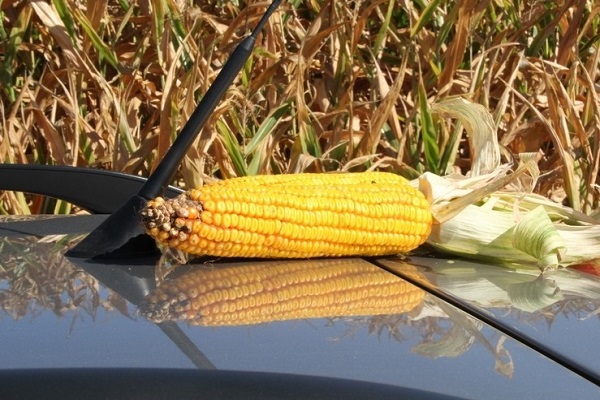
Popular varieties
There are 800 registered in our country hybrids and varieties of corn... Of these, 50 are cereals. The most popular are:
- Tango. Tested in the Northwest region. The plant stretches up to 2.5 m. It has long ears. Average yield up to 100 kg / ha. Under favorable conditions, it produces up to 145 c / ha. Poorly responsive to droughts. But a decrease in soil moisture reduces the number of ears. Harvesting begins 100 days after germination.
- Award MC 190. Designed for regions with cool climates. But it demonstrates excellent drought resistance. Stem height is about 2m. Ripens within 112 days. Relatively little cultivated - 10 years.
- Oriol. Grown in the Volga region. Drought-resistant. The grain is large. Filled ears. Stem height less than 1.7 m. This makes growing and harvesting easier. Productivity 120 kg / ha. Used for human consumption and as animal feed.
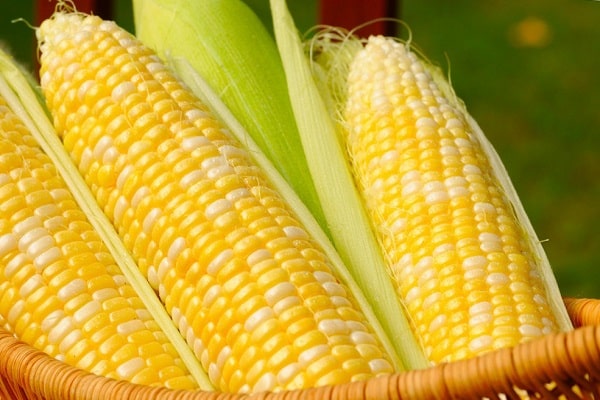
You can grow green mass for the production of silage from any variety. To do this, planting is done later or harvesting earlier.
Notable hybrids
The price of hybrid seeds is 30% higher. This is due to the cost of production when achieving the required characteristics. But gardeners with small plots should choose them: the planting areas will be reduced. The average annual rainfall for hybrids has been reduced.
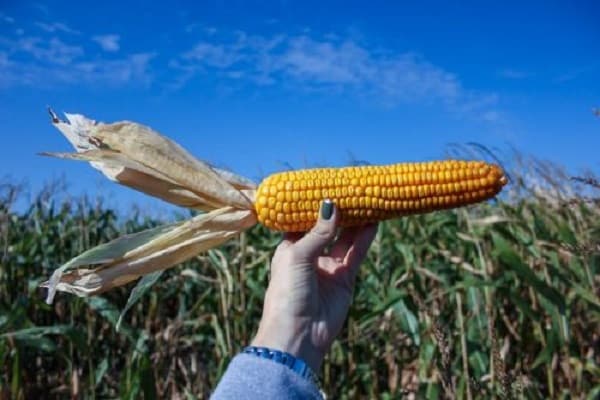
Often planted:
- Euro 401. Designed in Poland. Differs in high productivity. Subject to the growing conditions, 160 c / ha will please. It grows up to 2.5 m. 4 ears are tied on each stalk. The grain is leveled.The average ripening period is about 120 days from germination to harvest. Ripens steadily in different weather conditions. Not afraid of drought.
- Ross. Made in America. It has long been acclimatized in our country. Gives record yields - 12 t / ha. But the hybrid is picky about watering. Drought does not tolerate well.
- Krasnodar 436 MV. Tall (up to 2.7 m) stems, wide leaves. The earth is well shaded, moisture persists for a long time. Water consumption is reduced, the labor intensity of cultivation is reduced. Productivity up to 160 kg / ha. The heavy green mass allows for excellent silage preparation.
Do not think that the hybrid does not require maintenance. The declared yield can be obtained only if the rules of agricultural technology are followed.

How to store the seed fund?
Productivity is ensured by competent storage of the seed fund. The harvested grain needs to be sorted. For subsequent plantings, fully ripe grains should be selected. They must not contain signs of damage or signs of disease.
Corn is stored either on the cob or shelled. The air humidity in the storage should not exceed 17%.
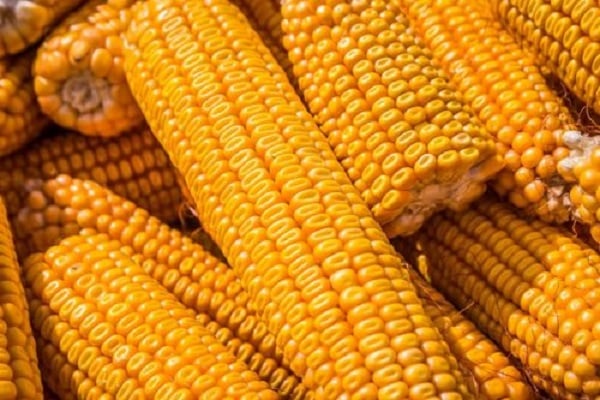
Cob storage requires more space. With this method, the grain does not rot and does not get wet. The gardener can allow this method: a huge amount of corn is not grown on the plots.
The poured hulled grain should be checked regularly. The bitten grain should break into small pieces. If the skin is flushed, the moisture is too high. Ventilate storage and reduce layer thickness.
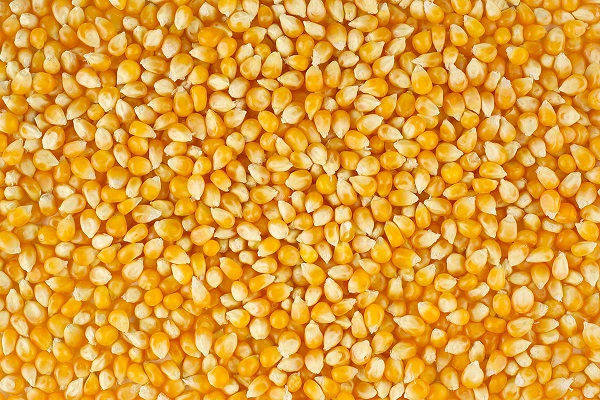
Protection of plantings from pests
When growing tops, the plant needs to be protected from pests. Aphids love juicy young leaves. The root worm destroys the growth point. Insects can destroy the entire crop. Spraying with fungicides will help.
In the early stages, it is effective to treat plants on the leaf with a double dose of urea. The operation should be carried out in the evening after sunset. The weather should be calm and windless. If after processing it rains for 3 days, the operation should be repeated.

